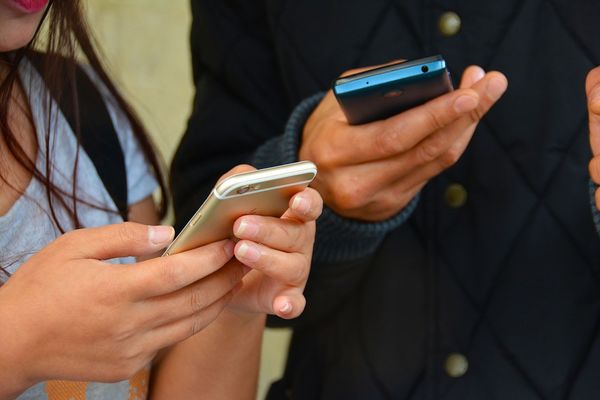Criminals could launch DDoS attacks on 911 emergency for $100,000

What would happen if attackers compromised the 911 emergency network across the US? A recent study from Negev”s Cyber-Security Research Center shows how easy and cheap it would be for cybercriminals to launch DDoS attacks on this infrastructure.
It only takes $100,000, or as little as 6,000 smartphones, to compromise the emergency service in a US state. 200,000 smartphones could shut down the 911 emergency line in the entire country, a recent study found. Cybersecurity researchers from Ben-Gurion University, Mordechai Guri, Yisroel Mirsky, and Yuval Elovici created a fake cellular network in North Carolina and simulated repeated 911 calls to launch a DDoS attack.
“At the state-level, we found that as little as 6,000 bots (0.0006% of NC”s population) is enough to deny 20% and 50% of wireline and wireless callers from ever reaching 911 services (after 4-5 attempts each per caller). This is even more significant considering that 70% of 911 calls are wireless,” the researchers said. “With 50K bots (0.0054% of North Carolina”s population) nearly 90% of all wireless 911 callers never reach a call taker.”
Unfortunately, the emergency reporting system proved vulnerable in real life during the 9/11 terrorist attack, when thousands of calls made to 911, generating a DDoS attack.
Some measures to minimize attacks include Call Firewalls on cell phones and Priority Queues. Call Firewalls are “trusted low-level software components are used to identify and block DDoS activities” while Priority Queues are a system that gives priority to “callers with more reliable identifiers (e.g., valid IMSI versus some IMEI).”
tags
Author
After having addressed topics such as NFC, startups, and tech innovation, she has now shifted focus to internet security, with a keen interest in smart homes and IoT threats.
View all postsRight now Top posts
How to Protect Your WhatsApp from Hackers and Scammers – 8 Key Settings and Best Practices
April 03, 2025
Outpacing Cyberthreats: Bitdefender Together with Scuderia Ferrari HP in 2025
March 12, 2025
Streamjacking Scams On YouTube Leverage CS2 Pro Player Championships to Defraud Gamers
February 20, 2025
How to Identify and Protect Yourself from Gaming Laptop Scams
February 11, 2025
FOLLOW US ON SOCIAL MEDIA
You might also like
Bookmarks








